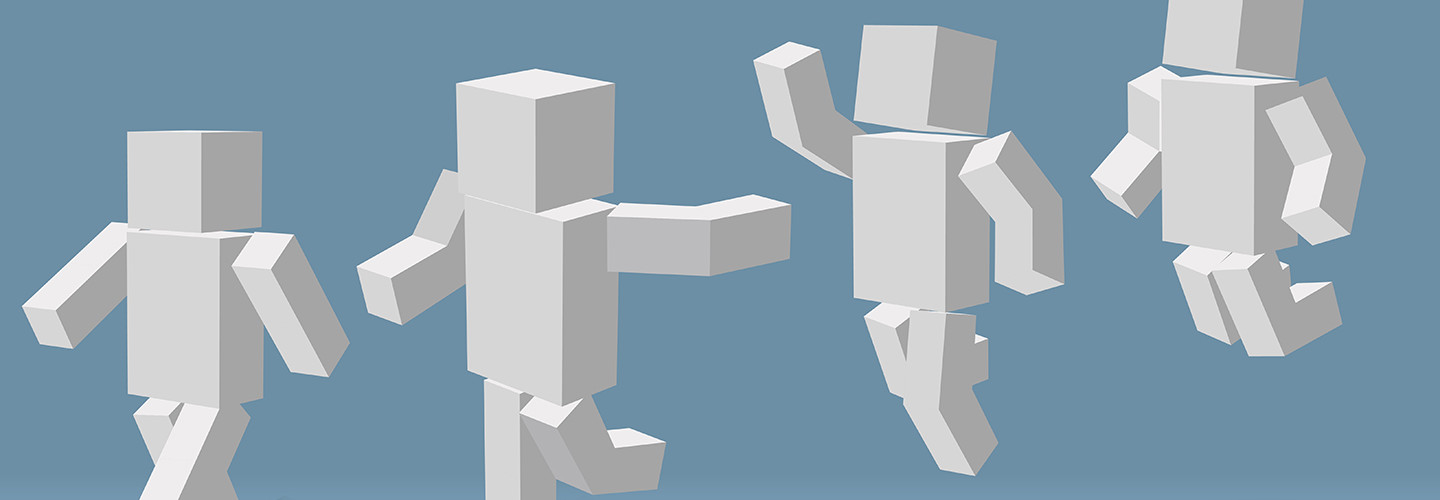How The Minecraft Classroom Can Transform Your World Language Classroom
Do you speak Minecraft? If you don’t, I highly recommend taking a minute to ask your students about this popular computer game — now with an education edition. They will likely passionately describe adventures they’ve taken in this block-based open world, where the only limit to what they’re able to create is their imagination.
As a world language teacher, I’m always trying to find ways to leverage digital learning strategies to immerse students in the Spanish language and find engaging, meaningful experiences to be able to hone their language skills.
Game-based learning using Minecraft gave me the opportunity to design worlds where students can work and play together while communicating in Spanish.
I was inspired to use Minecraft while taking a course at Boise State University from Chris Haskell called “Teaching and Learning in Virtual Worlds.”
During this time, I learned that it is important to allow students to not only experience the gameplay, but also be able to contribute to it. To that end, many of my Minecraft worlds have been designed and created by students.
SIGN UP: Get more news from the EdTech newsletter in your inbox every two weeks!
Getting Started with the Minecraft Classroom
For the other world language teachers interested in the Minecraft classroom, but are not sure where to begin, start with a short project.
For example, if you are teaching vocabulary and phrases related to describing a city or town, have your students write a paragraph in Spanish (or your world language of choice) describing their favorite city in the world.
From there, have them create parts of that city in Minecraft, narrating (in Spanish, French, etc.) a screencast tour throughout their city. Lastly, enable students to publish their screencast to an authentic audience via YouTube or even your learning management system (LMS).
At Wabasha-Kellogg High School, we use Schoology’s LMS. Using this, students are able to share their adventures and highlights with each other through the use of a Media Album, as well as comment on each other’s posts.
This also helps the students create a digital portfolio of their accomplishments in class and in-game.
How to Rev Up Game-Based Learning
While I’ve been happy with the results of these Minecraft projects in my classes, much more is possible to help push the boundaries of game-based learning and second language acquisition. One example would be creating a world where students could role-play the part of Spanish speaking citizens by starting a new civilization.
For more than a month, a group of students and I worked during lunch and after school to create what would become a multiplayer, role-playing game called “El Mundo de Leyendas.”
Together, we created a set of laws that govern this world, starting with our “golden rule”—every communication must take place in the Spanish language.
Each week students were tasked with a set of quests to complete, designed to challenge them to work together to first build and then defend their civilization against monsters.
The vocabulary and phrases were scaffolded — a process in which I demonstrate how to solve a problem and then step back — to keep students immersed in the Spanish language, while still being able to communicate and play the game.
In my class, students were also given the choice to learn within “El Mundo de Leyendas,” or continue to work on traditional assignments. This option resulted in a near 50-50 class split.
This afforded me the opportunity to evaluate the effectiveness of game-based learning using Minecraft on second language acquisition.
Measuring Game-Based Learning vs. Traditional Learning
With the game-based learning in my classroom, student engagement was up with a 100-percent completion rate of assignments (versus just over 70 percent of traditional assignments).
Ninety percent of students that participated in the game-based learning units consistently scored at least one level higher according to the ACTFL Performance Descriptors for Language Learners.
The most impressive part of this success was that the game-based learning students outpaced their peers by at least one level, and sometimes even two levels in the modes of interpersonal communication and presentational speaking.
One of my students commented to an administrator, who asked why they thought that Minecraft was so effective in the Spanish classroom, “It’s the closest thing to being dropped in a country where everyone speaks Spanish.”
Students who completed the game-based learning units were more likely (80 percent) to take another year of Spanish either at the high school level or the university level than their traditional assignment peers (40 percent).
Minecraft is the perfect environment to allow students to express themselves more freely and spontaneously in the Spanish language.
If you would like to learn more about my Minecraft journey, check out my classroom’s YouTube channel. Also, take a look at my Minecraft lesson plans.








